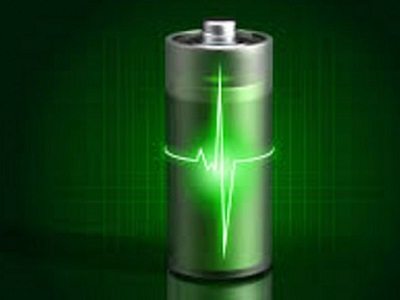In ensuring the battery remains useful for as long as possible, then the following factors seem to be most widely stated as being relevant:
1. Number of charge-discharge cycles
2. Depth of charge-discharge
3. Mean temperature. Slow/fast charge.
4. Time since manufacture
5. Avoidance of over-charge or over-discharge.
6. Avoiding storage at 100% charge.

1. Number of charge-discharge cycles
So keeping the number of cycles down helps, however it is linked to depth of charge-discharge. So if you charge from 0% to 100% (around 3.0v to 4.2v measured off load) for a typical lithium ion battery then you might expect 500-600 cycles assuming all other factors are nominal before degradation becomes noticeable.
2. Depth of charge-discharge
However limit use to 20–80% and you might see several thousand cycles not just the expected additional 40%. Narrow it even further and the potential maximum cycle count rises, but you need a bigger battery to provide the same capacity as you are only utilising a small part of the capacity you actually have.
3. Mean temperature. Slow/fast charge.
Temperature, the greater the mean temperature the battery has experienced, the shorter its life. So keep them cool when you can. However to get the most capacity from the battery it needs to be warm not frozen. It's a classic case of getting smaller capacity but longer lifespan in the cold, and greater capacity but shorter lifespan in the heat. This all stands to reason, charging, discharging and degradation are all chemical reactions they happen faster when warm, twice as fast for every 10 degrees C. Thermal management of batteries has proven to be very useful. Fast charging increases battery temperature more than slow charging. So fast charging is convenience at the cost of reduced longevity.
4. Time since manufacture
Time. As with heat, since degradation is a chemical reaction, it is one that occurs albeit slowly, even when the battery is not being used.
5. Avoidance of over-charge or over-discharge.
Avoiding over charging or discharging. Overcharging is either somewhat bad and will shorten lifespan quite dramatically or very bad and will cause a battery to vent gas, catch fire or even sometimes explode. Don't do it. Always use intelligent chargers designed for lithium batteries, ideally with capability for temperature monitoring. Over discharging is less dramatic but take a cell below 2.5v under load, or 2.0v offload more than a few times and you will probably find it isn't going to charge back up again.
6. Avoiding storage at 100% charge.
Avoiding storage at 100% charge. So greater degradation occurs at a charge state of 100% than at lower charge states. So keeping batteries at 100% on standby is generally a bad idea for optimum longevity. Also avoid storage at 20% or lower, 40% is the most quoted level for storage, simply because whilst self-discharge is low, a cell at 0% has nowhere to go.
Some examples:
Mobile phone. Usually a single cell. Often charged to 100% held there whilst the user sleeps, then used all day drained down to 0% or close to it. So a full cycle or more than one every day. Generally hot, maybe kept in a pocket (will be a minimum temp of 30 deg C) or on a car dashboard, often much hotter due to processors, GPUs and charging circuits, fast charging. Lifespan can be as little as 18 months. Somewhat tolerated by manufacturers as the demise of phones with accessible, replaceable batteries and the general slowing of advancement in mobile phones requires some means of programming obsolescence. Fast charging is generally being encouraged and marketed as a good thing, sly devils.
Laptop. Multiple cells often in a pack with temperature monitoring and battery management to balance cells. Charged to 100% and held there sometimes indefinitely, as laptops are often permanently used plugged in and the user wants maximum capacity when they decide to move away from the wall socket and use the battery. Cycle counts can be low. Heat is an issue as laptops are hot. Lifespan can be 3-5 years.
Tablet devices are probably somewhere in between in that they are not left at 100% all the time, they aren't as hot as laptops.
Electric cars. Can either have thermal management or not. Generally large packs the largest of which typically only get charged and discharged within a fairly narrow range, as average miles/day is a small fraction of their total capacity with occasional full cycling when on longer trips. Temperatures even for non thermally managed packs are usually much lower than for phones and laptops, the UK for example has a mean annual temperature of 8 degrees C. Keeping your electric car in a heated garage is definitely not recommended. Lifespan 10-20 years.
BENZO Energy / UFine Technology is a professional lithium battery manufacturer Chinese. We can customize the lithium battery you need according to your requirements.



